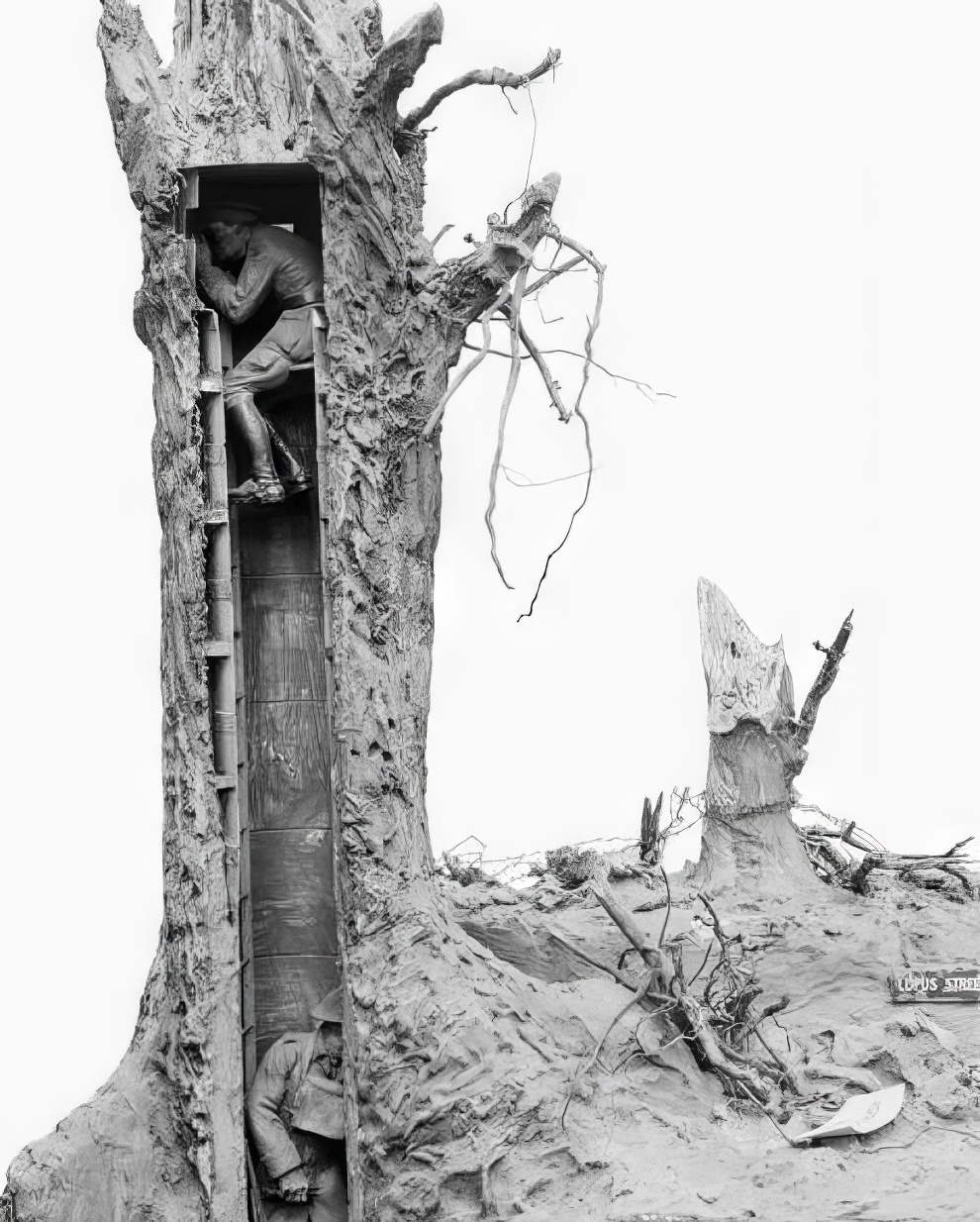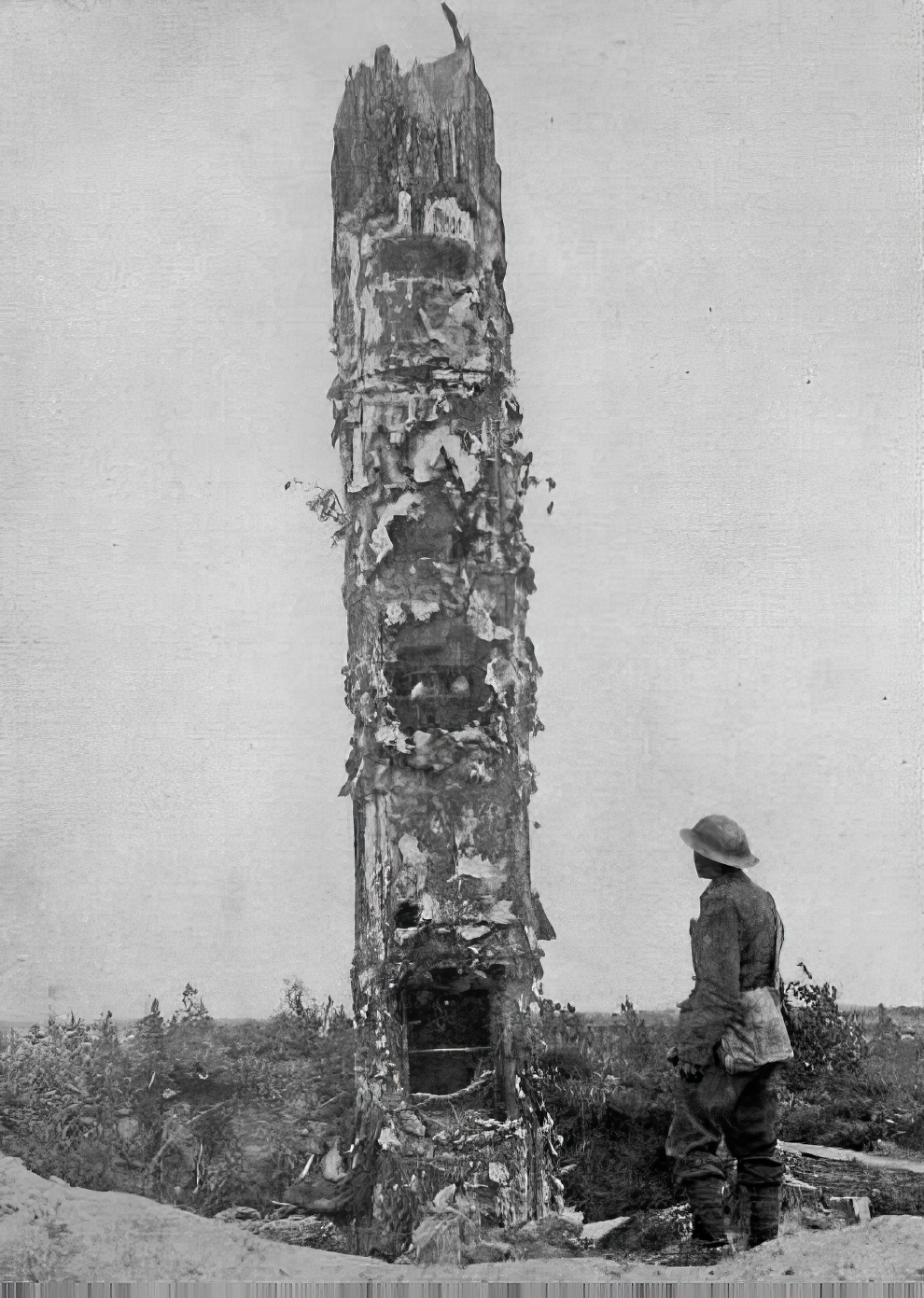The Remarkable Camouflage Trees of World War I

The annals of history are replete with tales of ingenuity born out of necessity, and the First World War stands as a testament to this fact. In the grim and tangled web of trench warfare on the Western Front, innovation often emerged from the dire circumstances of battle. One such marvel of innovation was the concept of camouflage, which took on myriad forms to gain a strategic edge in the face of a relentless adversary.
h/t: vintag.es
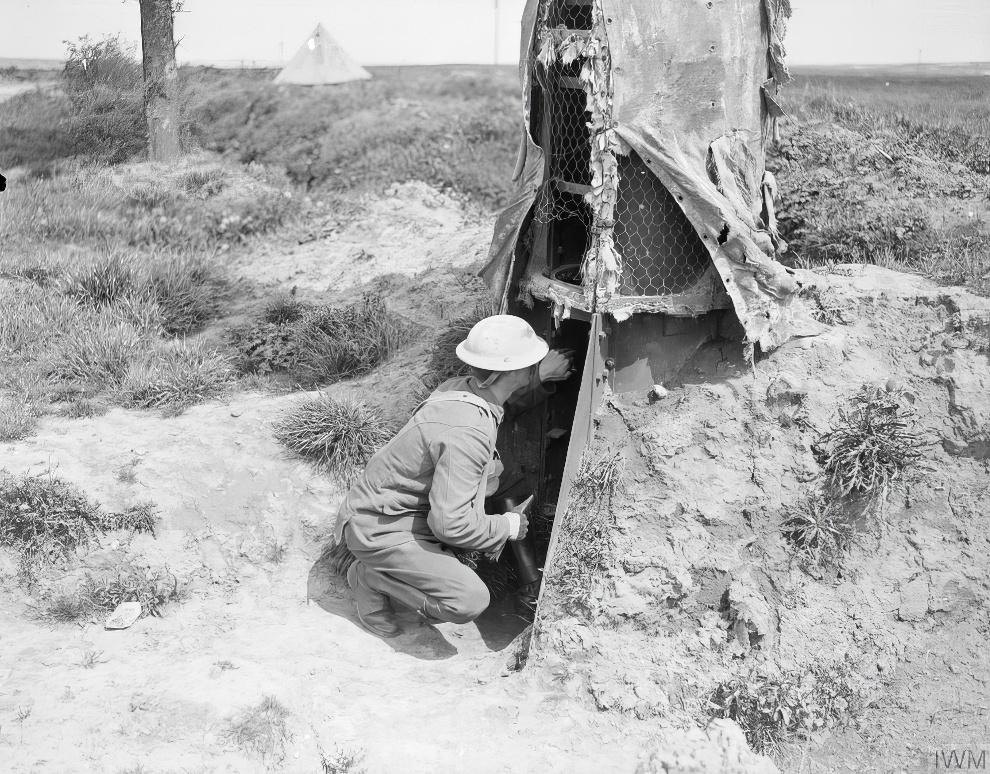
Trench warfare, with its labyrinthine network of defensive fortifications, presented an unparalleled challenge for both sides. The tightly-knit lines of trenches created a perplexing conundrum: how could one observe the enemy’s movements without exposing oneself to their vigilant gaze? In this atmosphere of perpetual stalemate, a brilliant yet unconventional solution emerged—camouflaged observation posts fashioned as trees.
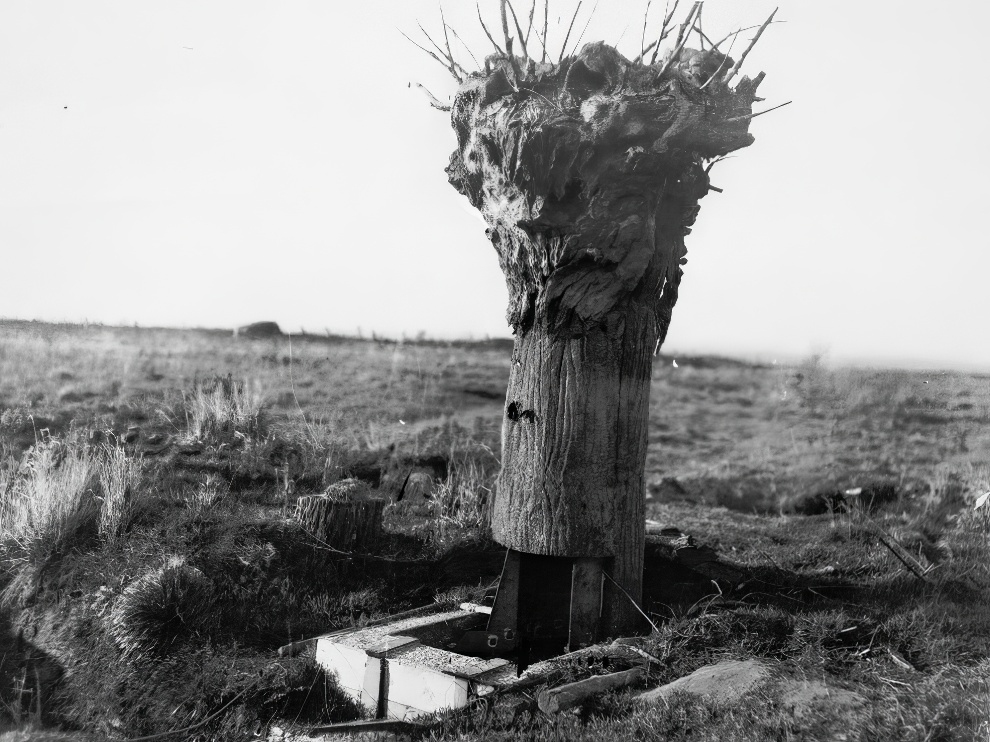
The concept was simple, yet undeniably ingenious. Camouflaged trees served as watchful sentinels, allowing keen-eyed observers to study enemy maneuvers from a concealed vantage point. These faux trees, meticulously crafted to mimic their natural counterparts, became symbols of tactical advantage. From their branches, soldiers could peer out onto the battlefield, gathering vital intelligence while being shielded from potential enemy gunfire.
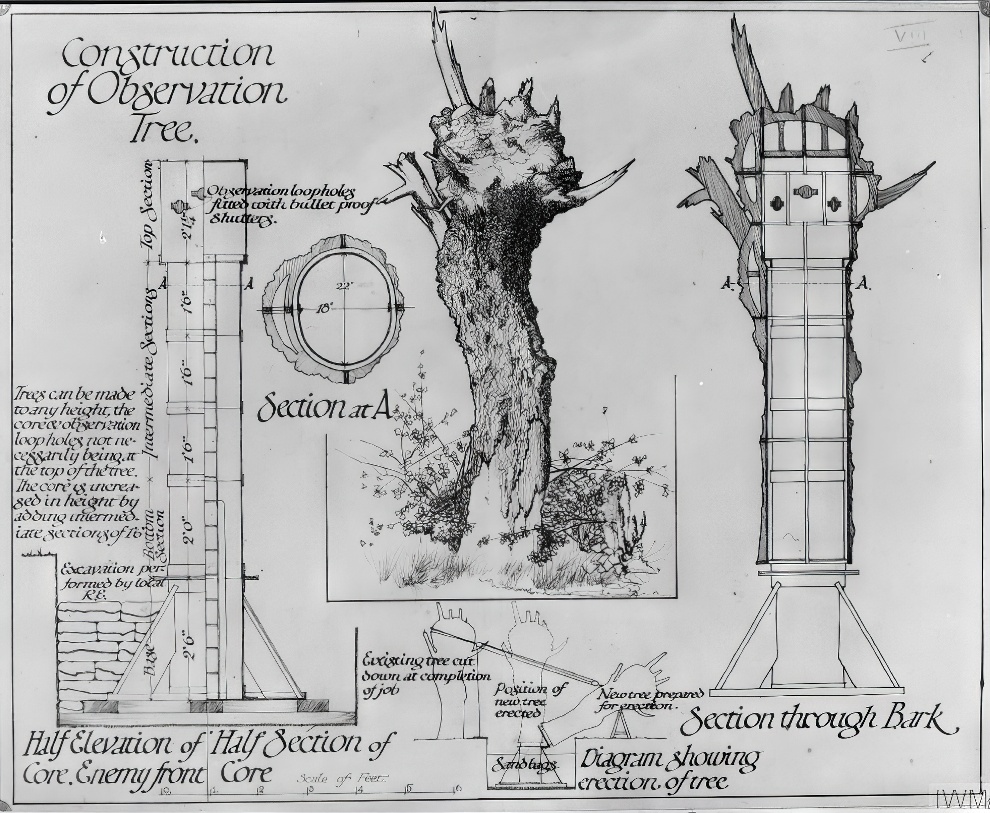
The creation of these arboreal guardians was a meticulous process, reflecting a blend of artistic finesse and pragmatic engineering. The journey commenced with the deft strokes of a military artist’s pen, sketching an existing tree situated in the precarious “no man’s land.” This sketch served as the blueprint, capturing not only the tree’s form but also the intricacies of its surroundings.
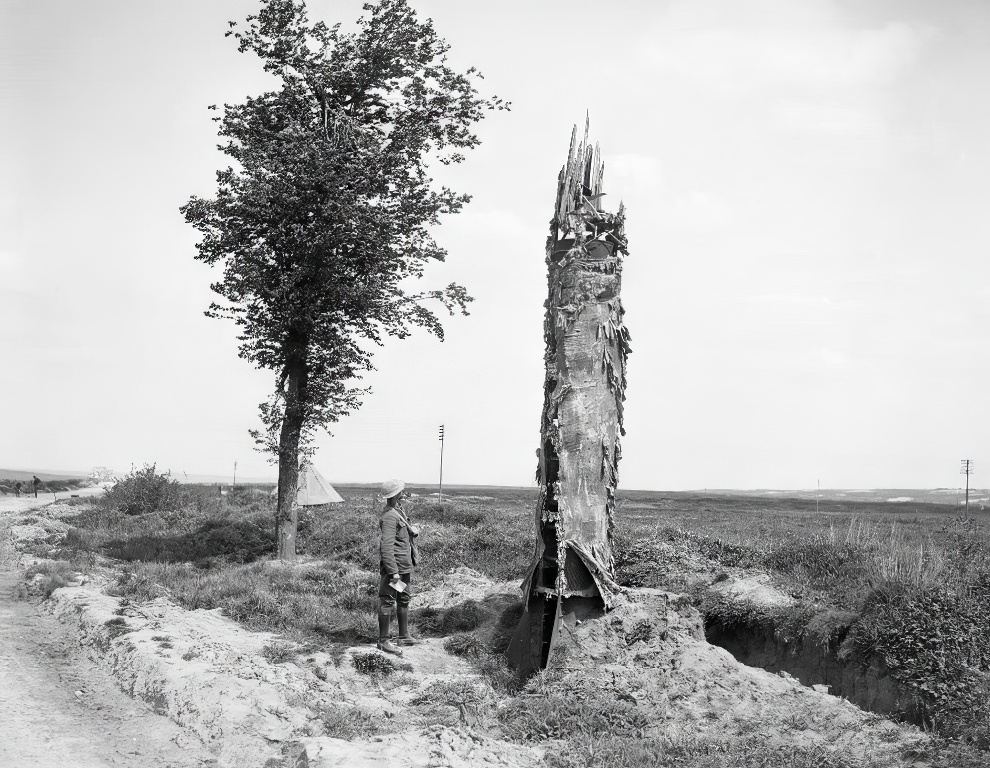
With the artist’s vision as a guide, the next phase unfolded. Skilled hands fashioned a hollow replica, housing a sturdy steel core. This inner structure not only provided stability to the faux tree but also offered the hidden observer a measure of protection in the midst of perilous circumstances. The artistry lay not only in mimicking the tree’s exterior but also in ensuring the observer’s safety within.
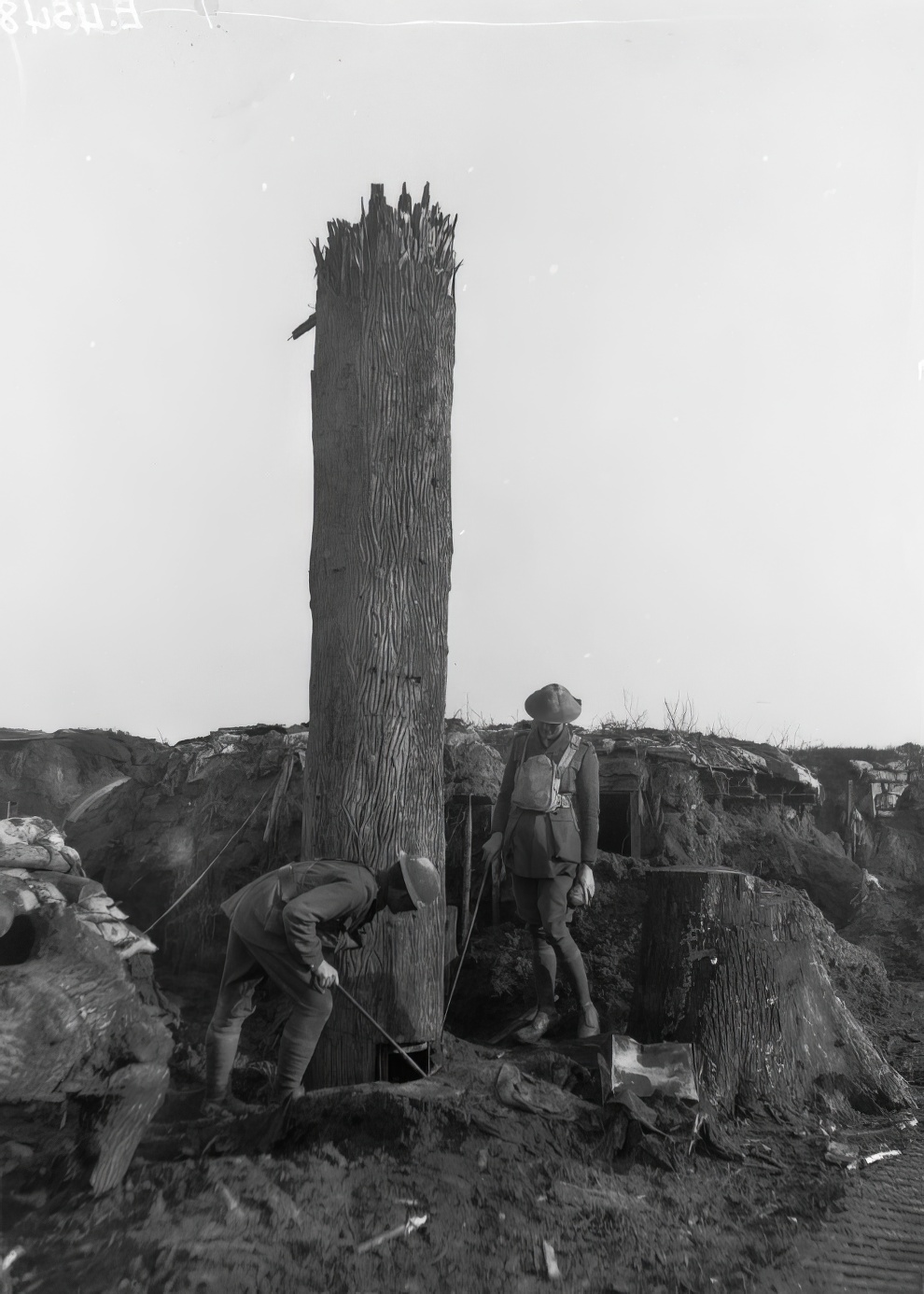
The culmination of this process required audacity and strategic prowess. Under the shroud of night, brave soldiers would venture into no man’s land, their determination fueled by a singular purpose. Armed with tools and unwavering resolve, they would fell the genuine tree, replacing it with their ingeniously constructed hollow counterpart. This clandestine operation transformed the battlefield’s landscape, planting a deceptive sentinel that would, in time, unveil the enemy’s secrets.
